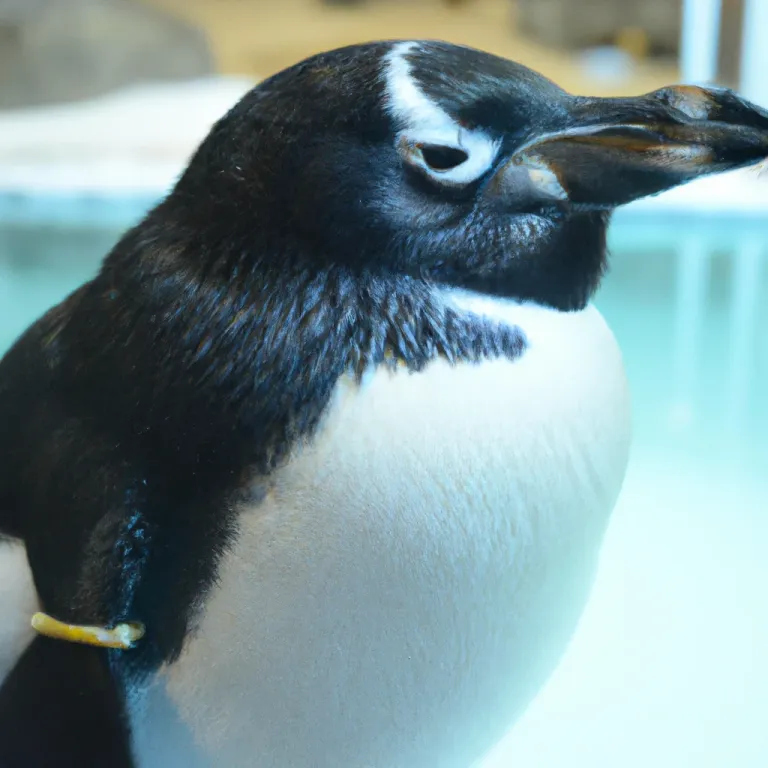Penguins are a group of aquatic, flightless birds. They live almost exclusively in the Southern Hemisphere, with only one species, the Galapagos penguin, found north of the equator. Highly adapted for life in the water, penguins have countershaded dark and white plumage, and their wings have evolved into flippers. Most penguins feed on krill, fish, squid, and other forms of sealife caught while swimming underwater. They spend about half of their lives on land and half in the oceans.
Penguins are a group of aquatic, flightless birds. They live almost exclusively in the Southern Hemisphere, with only one species, the Galápagos penguin, found north of the equator. Highly adapted for life in the water, penguins have countershaded dark and white plumage, and their wings have evolved into flippers. Most penguins feed on krill, fish, squid, and other forms of sealife caught while swimming underwater.
The earliest known penguin fossils date to the Eocene Epoch (56 to 33.9 million years ago), making them the world’s oldest known bird. Penguins are thought to have evolved from a flying ancestor, and the first penguins were probably large, flightless birds much like the modern-day great auk.
The word penguin first appears in the 16th century as a synonym for the great auk. The etymology of the word is uncertain, but it is likely that it is derived from the Welsh words pen (“head”) and gwyn (“white”).
Penguins are generally considered to be monogamous, although there is some evidence of polygamy in some species. The emperor penguin is the only species that breeds during the Antarctic winter, huddling together on the ice to keep warm.
Penguins are popular birds, and their image is often used in advertising and as a mascot. The penguin is also the national bird of New Zealand.
